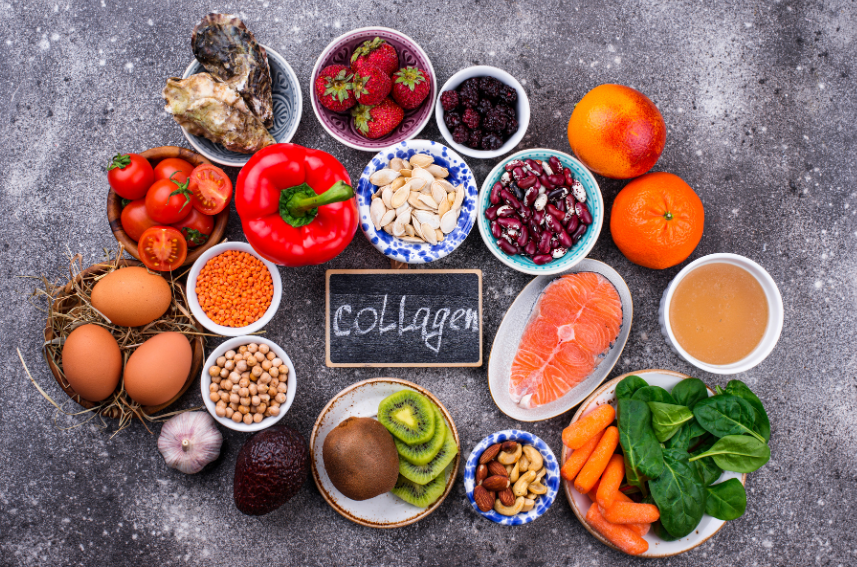The Protective Power of Antioxidants in Combating Chronic Illness
By Susan Tanner M.D.
Antioxidants have held a prominent place in numerous health and wellness discussions over the years, following their thorough explanation and applications by Dr. Parris Kidd, Ph.D., in the 1970s. Media often portrays them as sources of health, vitality, and healing. Many claims have been put forth, but validating them becomes challenging without a clear understanding of the substances used and the specific contexts.
Understanding Antioxidants and Their Role in Health
To comprehend the concept of “antioxidant,” one must also understand the idea of “oxidative stress.” Oxidation is the chemical reaction that occurs in metals when they rust or the browning that appears on a sliced apple. It results from the interaction between oxygen and other elements. Some elements are resistant to oxygen-induced reactions and less prone to rusting. In the human body, oxidative stress, or the equivalent of rusting, arises when there’s an imbalance between free radicals and antioxidants. Free radicals are molecules containing an uneven number of electrons, making them highly reactive with other molecules. Antioxidants, on the other hand, can provide an electron to a free radical without destabilizing themselves. This process stabilizes the free radical, reducing its reactivity and thus preventing the “rusting” that could harm the body.
Health Implications of Oxidative Stress
Oxidation is a natural and necessary process. However, when the quantity of free radicals surpasses the body’s antioxidant capacity, damage occurs. Examples of such damage encompass diabetes, heart disease, high blood pressure, cancer, and neurological disorders like Parkinson’s and Alzheimer’s diseases.
Specific diseases can be triggered by specific free radicals. For instance, smoking increases the likelihood of lung cancer and heart disease. In patients affected by mold or mycotoxins, illness generally arises from an elevation in free radicals, contributing to an inflammatory response. This manifestation, however, can have multifaceted effects across various organ systems and disease processes. Additionally, chronic illnesses and infections, whether bacterial or viral, can influence oxidative stress levels in the body.
Genetics plays a role in these scenarios by affecting the efficacy of preventing the oxidative process. This explains why some individuals fall prey to severe illnesses while others remain unaffected. The threshold for susceptibility varies widely. When discussing good health and wellness, it’s crucial to avoid factors that trigger, exacerbate, or promote oxidative stress.
The Role of External Factors
Sometimes, oxidative stress is beneficial and necessary. For example, chemotherapy deliberately induces oxidative stress to combat certain cancers. Nonetheless, in most cases, minimizing oxidative stress is paramount for better health, and energy, and for delaying the aging process. This underscores the importance of clean air, clean food, and clean water, as toxins in these areas strain bodily processes and lead to oxidative stress.
Antioxidant Treatments and Their Benefits
Regarding treatment, we incorporate various antioxidants in patient regimens for chronic diseases. One specific example is glutathione, which binds and reduces toxins in the liver, consequently lowering free radical levels in the bloodstream. Other notable antioxidants include Vitamin C and Resveratrol.
Vitamin C plays a pivotal role in numerous bodily processes, such as collagen synthesis and immune system function. Unlike most mammals, humans cannot synthesize vitamin C, necessitating its intake from food or supplements. It’s concentrated in the adrenal glands, crucial for producing adrenal hormones that respond to stress. Vitamin C aids white blood cell production, degrades harmful compounds, and supports collagen and elastin in connective tissues. Some evidence suggests Vitamin C’s positive impact on HDL cholesterol. Fruit extracts from berries like grapes, cranberries, blueberries, and more contain polyphenols that effectively neutralize free radicals. Berries, rich in diverse polyphenols, contribute to their vibrant colors. These compounds, including Resveratrol, exist in high numbers in grapes. While red wine contains these compounds, better sources are available.
Dietary Recommendations
Incorporating organic berries and natural juices into the daily diet is encouraged. However, due to increasing environmental toxins, meeting antioxidant needs can be challenging. Supplementing with extra Vitamin C and polyphenols provides a well-tolerated means of supporting healing and health. Contraindications are rare, usually limited to situations like chemotherapy or specific allergies.
Specific Antioxidant Recommendations
The use of antioxidants for overall protection versus treating illnesses varies in terms of quantities and combinations. For general reference, I recommend the following:
Pure Encapsulations Antioxidant Formula: This combines multiple antioxidants that synergistically enhance each other’s effects. Take 1-2 capsules daily.
Thorne Vitamin C with Flavonoids: This well-absorbed vitamin C also includes flavonoids for added benefits. It safeguards vital organs, including the eyes, and aids collagen utilization for healthy connective tissues. Take 1 daily.
You may directly access pharmaceutical-grade vitamins and supplements to support your well-being at a discount through my online Fullscript store by clicking here: https://us.fullscript.com/welcome/susantannermd/signup


